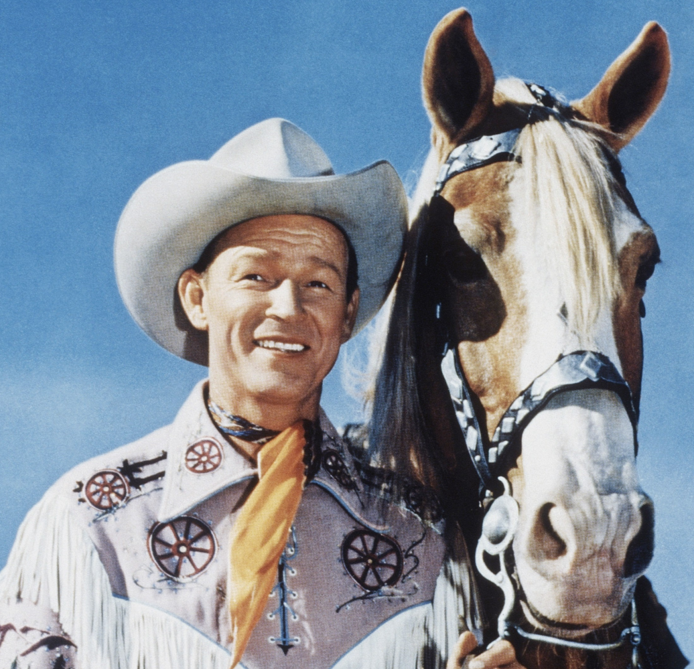Remember when our favorite shows and movies featured furry (or feathered) friends who stole scenes and our hearts? Long before CGI dominated Hollywood, these animal actors worked alongside human stars, often becoming household names themselves. Join me as we take a walk down memory lane to revisit some of the most beloved animal performers who earned their place in entertainment history.
1. Lassie
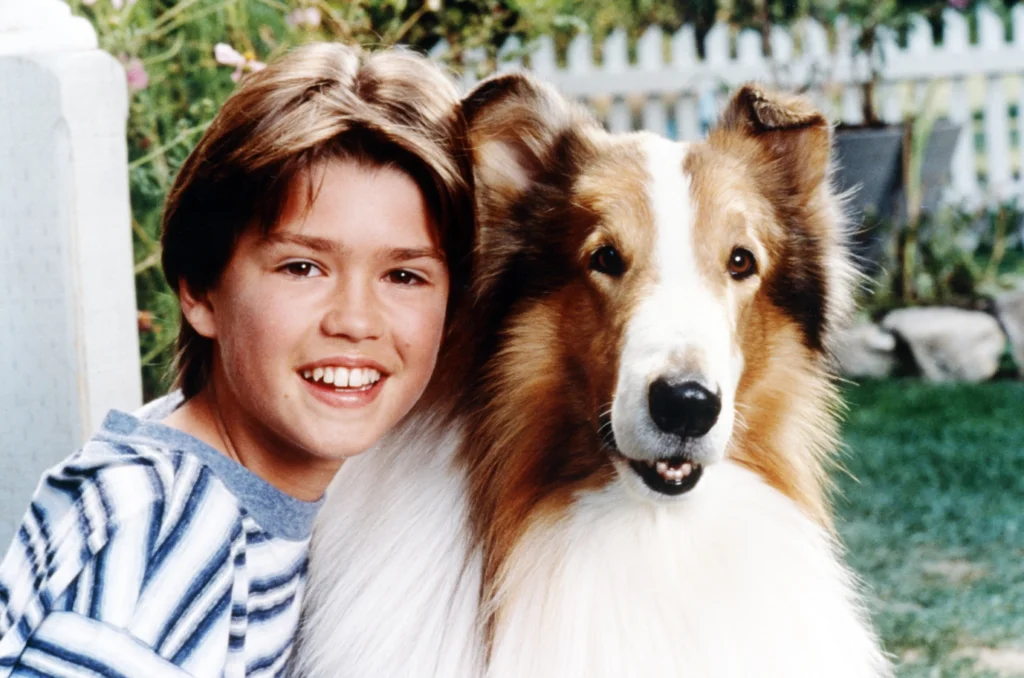
The heroic collie first bounded onto screens in 1943’s “Lassie Come Home” and quickly became America’s most recognizable canine. The original Lassie was actually played by a male dog named Pal, beginning a tradition where all subsequent “Lassies” were male collies despite portraying a female character. Across two decades of television and numerous films, Lassie’s intelligence, loyalty, and uncanny ability to understand complex human problems made her the gold standard for animal actors. WXPR features a retrospective that reflects on Lassie’s legacy as a dog that’s like a dream come true.
Who among us didn’t hold our breath when Lassie would race home to alert the family that little Timmy had fallen down a well or gotten into some other predicament? The collie’s expressive eyes and perfect timing influenced generations of filmmakers and pet owners alike. Lassie received a star on the Hollywood Walk of Fame in 1960, cementing her legacy as one of entertainment’s most enduring four-legged stars.
2. Morris the Cat

The orange tabby with an attitude became the world’s most famous feline pitchman when he started appearing in 9Lives cat food commercials in 1969. The original Morris was discovered at a Chicago animal shelter, where his unimpressed demeanor and finicky personality caught the eye of professional animal trainer Bob Martwick. Morris’s disdainful expressions and apparent disinterest in pleasing humans struck a chord with viewers who recognized their own cats’ independent personalities. Catster has plenty more facts about Morris, one of the most enduring mascots in merchandise history.
Morris quickly became a cultural phenomenon, appearing on talk shows, in magazines, and even receiving write-in votes for president in 1988. Despite his “difficult” on-screen persona, Morris helped promote pet adoption and became an official “spokescat” for animal shelters across America. The original Morris passed away in 1978, but subsequent orange tabbies have continued his legacy, maintaining the same aloof charm that made us chuckle and nod in recognition at our own cats’ similar behavior.
3. Trigger
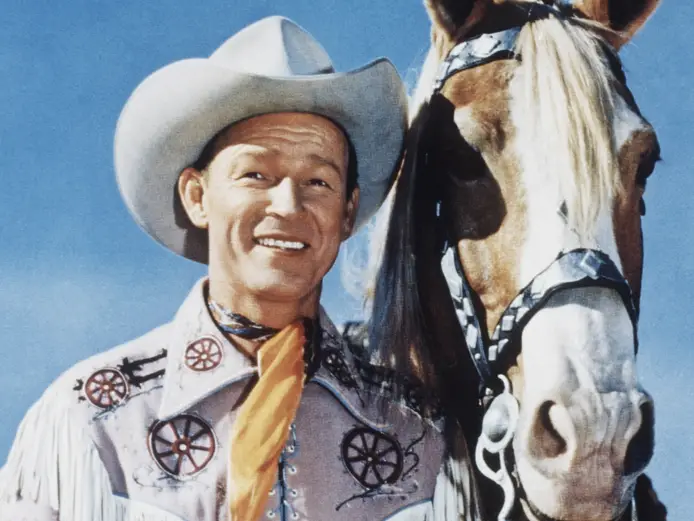
Roy Rogers’ magnificent palomino stallion was more than just a mode of transportation—he became a bona fide celebrity with his own fan club and merchandise. Trigger, often called “the smartest horse in movies,” could perform over 150 tricks including walking on his hind legs, sitting in chairs, and even signing his name with an X using a pencil in his mouth. His golden coat and flowing white mane made him instantly recognizable to moviegoers who cheered whenever he appeared onscreen. Equine enthusiasts can rejoice knowing Willowbrook Riding Centre has even more fun facts about Trigger that will spark instant nostalgia.
Trigger appeared in all 88 of Rogers’ films and 100 television episodes, never once letting his cowboy partner down in times of need. Roy and Trigger were inseparable both on and off screen, with their partnership lasting 33 years until Trigger’s passing in 1965 at age 30. After his death, Rogers had his beloved horse preserved through taxidermy, a testament to the deep bond between the cowboy and his faithful equine companion that had meant so much to fans across America.
4. Flipper
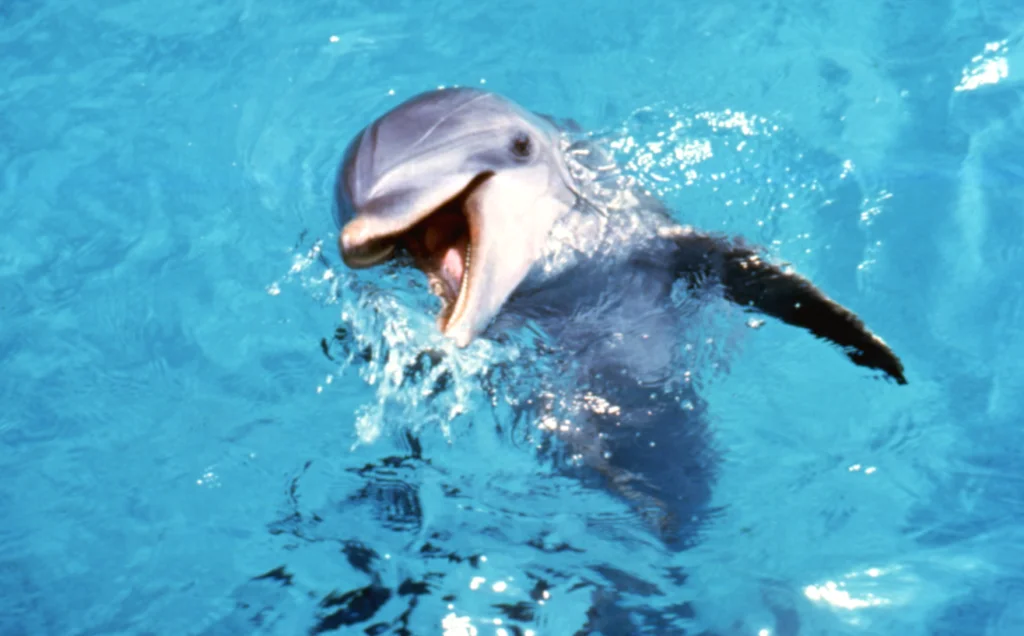
This bottlenose dolphin splashed onto television screens in 1964, quickly becoming an underwater sensation that captivated viewers every week. Flipper was actually portrayed by five different dolphins throughout the series’ run, with the primary performer being a female dolphin named Susie. The show’s premise of a wild dolphin befriending a family and helping them solve mysteries captured our imagination and introduced many of us to marine conservation issues for the first time.
Every episode showcased Flipper’s distinctive chattering sound (actually created by sound engineers) and incredible intelligence as he rescued swimmers, foiled bad guys, or simply played with his human friends. Flipper’s popularity sparked increased interest in marine life and inspired countless children to dream of working with dolphins. The show’s impact on popular culture was so significant that “Flipper” became synonymous with dolphins in general, much like “Lassie” became shorthand for collies.
5. Rin Tin Tin
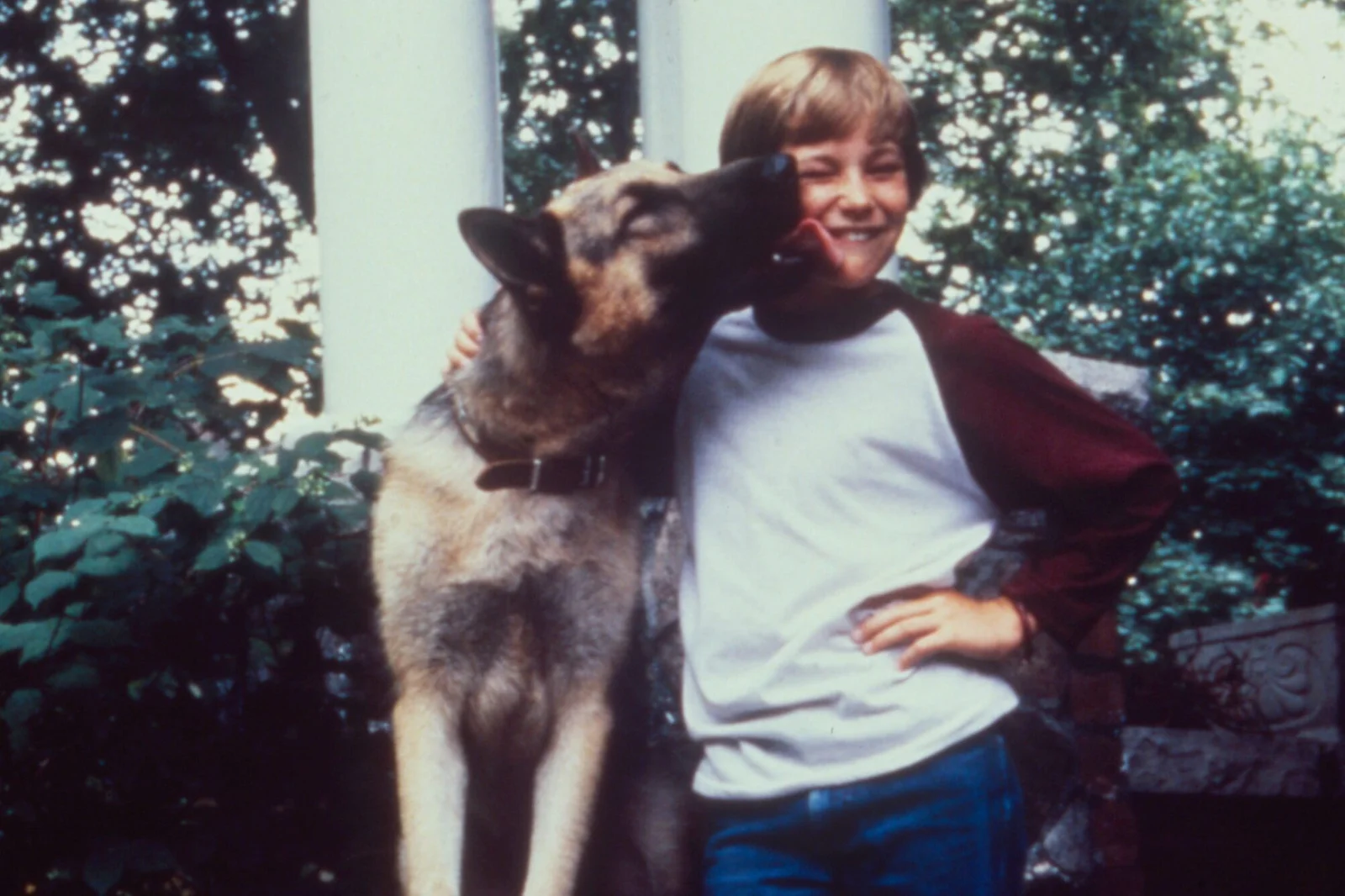
This German Shepherd was rescued from a World War I battlefield as a puppy and went on to become one of Hollywood’s first animal stars in the 1920s. Rin Tin Tin’s athletic abilities were so impressive that he performed all his own stunts, including dramatic jumps and complex action sequences that wowed early film audiences. At the height of his fame, Rin Tin Tin received thousands of fan letters weekly and was credited with saving Warner Bros. studio from bankruptcy with his immensely popular films.
The original Rin Tin Tin starred in 27 Hollywood films and passed away in 1932, but his descendants continued his legacy in various radio and television programs. When television brought “The Adventures of Rin Tin Tin” into our living rooms in the 1950s, a new generation fell in love with the brave canine hero. The enduring popularity of Rin Tin Tin speaks to our deep connection with dogs as loyal companions and protectors throughout human history.
6. Mr. Ed

“A horse is a horse, of course, of course,” unless that horse happens to be the only talking equine on television! Mr. Ed, the palomino with the gift of gab, charmed audiences from 1961 to 1966 with his witty remarks that only his owner Wilbur could hear. The secret to making Mr. Ed appear to talk involved nylon fishing line on his lips in early episodes, though later he was trained to move his lips whenever his trainer touched his hoof.
The relationship between Mr. Ed and Wilbur Post gave us countless comedic moments as the horse’s schemes repeatedly landed his human friend in hot water. Mr. Ed’s distinctive voice, provided by former Western film actor Allan “Rocky” Lane, became one of television’s most recognizable sounds. The show’s blend of physical comedy and situation humor created a formula that many family sitcoms would follow for decades to come.
7. Benji
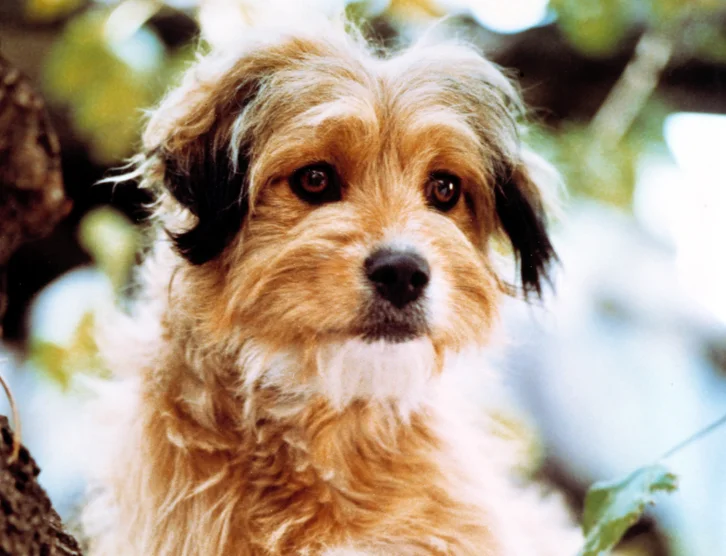
This scruffy mixed-breed dog won America’s heart in his 1974 self-titled film, proving that Hollywood stars didn’t need pedigrees to become beloved icons. The original Benji was played by a shelter dog named Higgins, who had previously appeared in the television series “Petticoat Junction” before being adopted by animal trainer Frank Inn. Benji’s expressive eyes and seemingly human understanding made audiences believe in his character’s intelligence and emotional depth.
Benji’s adventures continued through multiple films, with the role eventually passing to Higgins’ daughter Benjean and later to other carefully selected mixed-breed dogs. Creator Joe Camp insisted on shooting the Benji films from the dog’s eye level, creating a unique perspective that helped viewers connect with the canine protagonist. The Benji films’ emphasis on adoption helped change public perception about mixed-breed dogs, leading to increased shelter adoptions and greater appreciation for mutts across America.
8. Spuds MacKenzie

This bull terrier became an overnight sensation as the “original party animal” in Bud Light commercials during the late 1980s. Despite being portrayed as a male party animal, Spuds was actually a female dog named Honey Tree Evil Eye, chosen for her distinctive appearance and trainability. Spuds’ sunglasses, Hawaiian shirts, and constant entourage of beautiful women made the character an instant pop culture phenomenon.
Merchandise featuring Spuds flew off shelves as Americans embraced the cool canine mascot with stuffed animals, t-shirts, posters, and even Halloween costumes. The character became so popular that controversy arose about whether the ads inappropriately appealed to children, eventually leading to Spuds’ retirement in 1989. Though short-lived, Spuds MacKenzie’s cultural impact was enormous, influencing marketing strategies and cementing the bull terrier breed in public consciousness.
9. Keiko the Whale
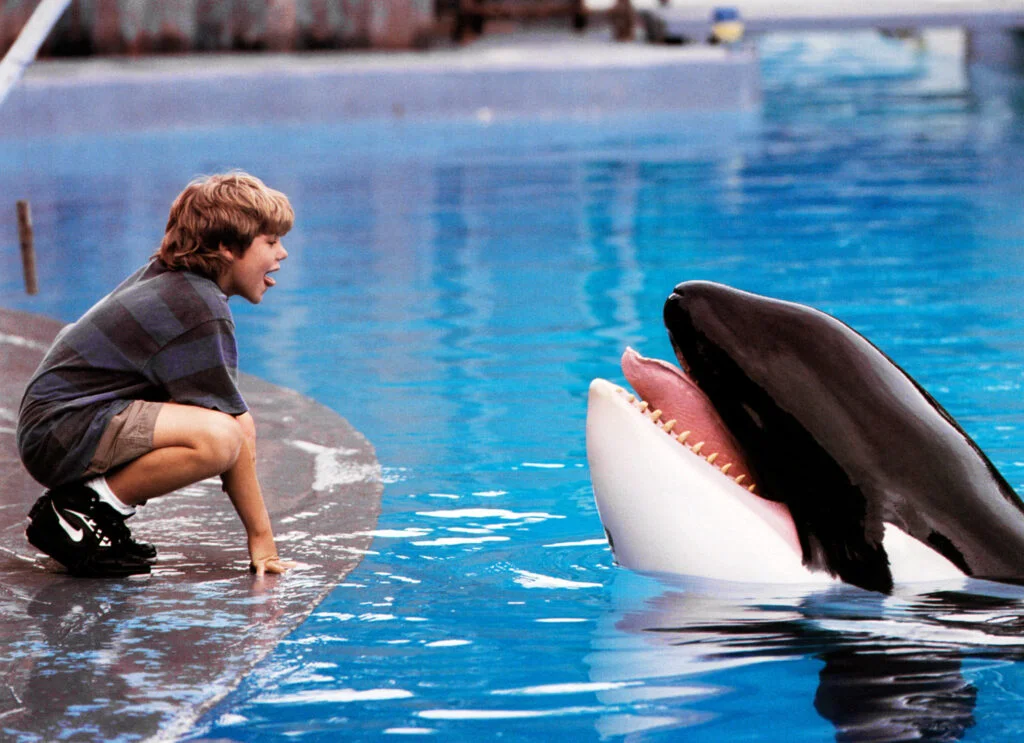
This orca shot to international fame after starring in the 1993 family film “Free Willy,” capturing our hearts with his seemingly emotional performance. Unlike many animal actors, Keiko was playing a version of himself—a captive whale longing for freedom—which resonated deeply with audiences worldwide. After the film’s success, fans were shocked to learn that Keiko himself was living in poor conditions in a Mexican amusement park, leading to an unprecedented $20 million rehabilitation and release effort.
Keiko’s real-life journey from captivity to the open ocean became as compelling as his fictional story, with millions following his progress through news reports. Though Keiko never fully integrated with wild orcas after his release, he experienced five years of semi-freedom before his passing in 2003. His legacy lives on through marine mammal protection legislation and increased awareness about the ethics of keeping intelligent creatures in captivity for human entertainment.
10. Uggie
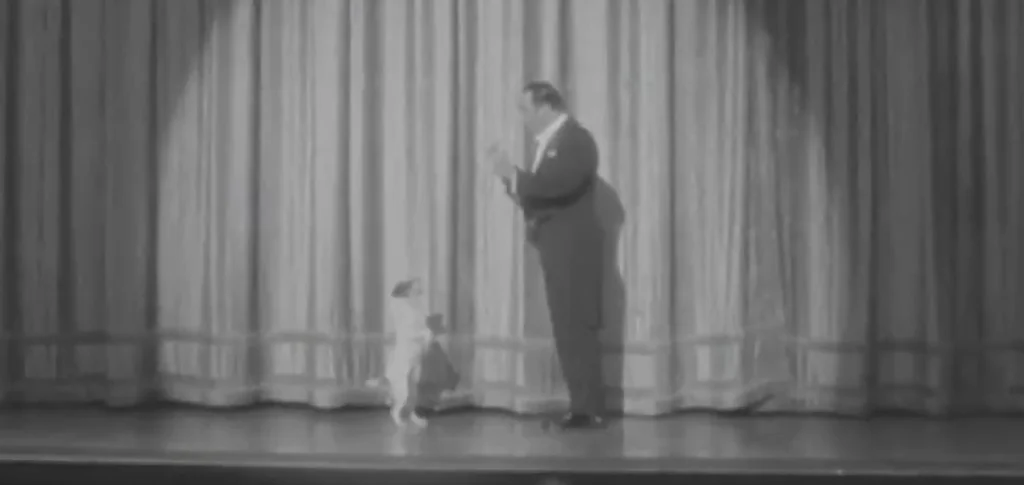
This talented Jack Russell terrier stole scenes and hearts in the 2011 Oscar-winning film “The Artist,” performing tricks that perfectly complemented the movie’s silent film aesthetic. Uggie’s natural charisma and impressive repertoire of behaviors—including playing dead and walking on his hind legs—earned him critical acclaim and fan adoration. His performance was so remarkable that fans launched a “Consider Uggie” campaign, advocating for canine categories at major award shows.
Although the Academy didn’t create a dog actor category, Uggie did receive the Palm Dog Award at the Cannes Film Festival and became the first dog to leave his paw prints outside Grauman’s Chinese Theatre. Uggie’s charm transcended the screen, making appearances on talk shows and red carpets where his personality shone just as brightly as in his films. Before retirement, Uggie appeared in a few more productions, including a memorable role in the romantic comedy “Water for Elephants” alongside Reese Witherspoon.
11. Marcel the Monkey
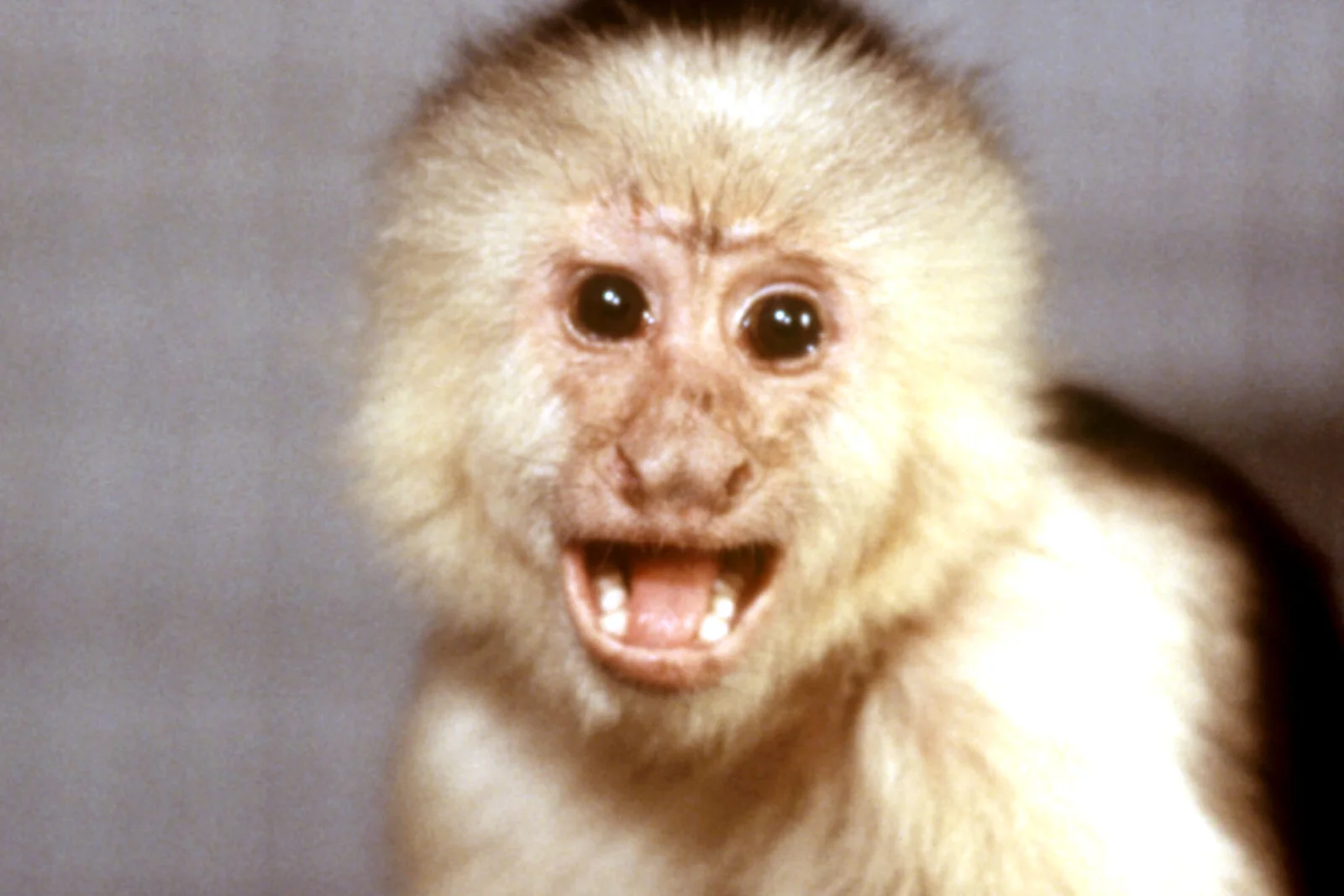
This capuchin monkey won viewers’ hearts as Ross Geller’s exotic pet on the mega-hit sitcom “Friends” during the mid-1990s. Marcel was actually portrayed by a female monkey named Katie, who had to wear a special costume piece to appear male for the role. The monkey’s mischievous antics—from playing with household items to blasting music at inappropriate times—created comedic gold that perfectly complemented the show’s ensemble dynamic.
Marcel’s stint on “Friends” was relatively brief, appearing in just eight episodes before the character was written out as being donated to a zoo. Behind the scenes, working with the monkey reportedly proved challenging for the cast, particularly David Schwimmer, who found it difficult to time his acting with Katie’s unpredictable movements. Despite the brevity of Marcel’s appearance, the character remains one of television’s most memorable animal stars, frequently referenced in pop culture and fondly remembered by fans of the show.
12. Pal the Dog
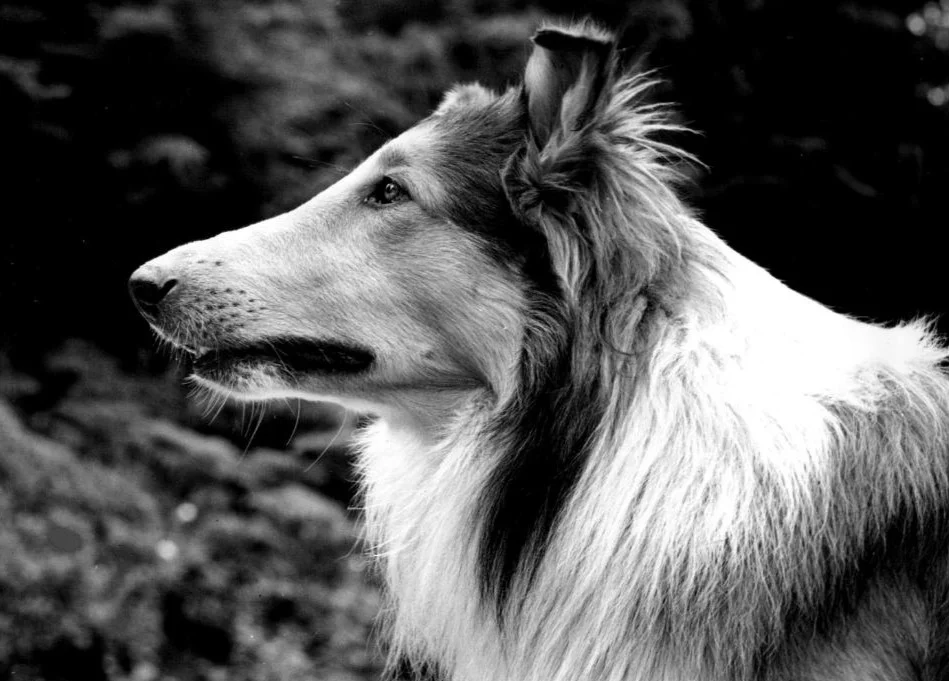
This rough collie became immortalized as the original “Lassie,” setting the standard for all animal actors who followed in his pawprints. Pal was originally rejected for the role of Lassie because he was male, but his incredible ability to perform emotional scenes convinced producers to cast him anyway. His career-defining moment came when he performed a difficult scene crossing a raging river—which he completed in one take—cementing his place as Lassie and launching a dynasty.
Pal appeared in seven Lassie films and the pilot episodes for the television series before retiring and passing the role to his descendants. Though he retired from filming, Pal continued making personal appearances with trainer Rudd Weatherwax until his passing in 1958. His bloodline continued the Lassie tradition for generations, with son Lassie Junior and subsequent descendants maintaining the role for decades—creating one of entertainment’s longest-running and most beloved animal characterizations.
Who could have imagined that these creatures would become such integral parts of our shared cultural memories? These animal performers didn’t just entertain us—they helped shape our understanding of human-animal relationships and often influenced real-world attitudes toward the species they represented. As we look back at these remarkable animals who graced our screens, we’re reminded of simpler times when practical effects reigned supreme and a well-trained animal could become a legitimate star alongside their human counterparts.

